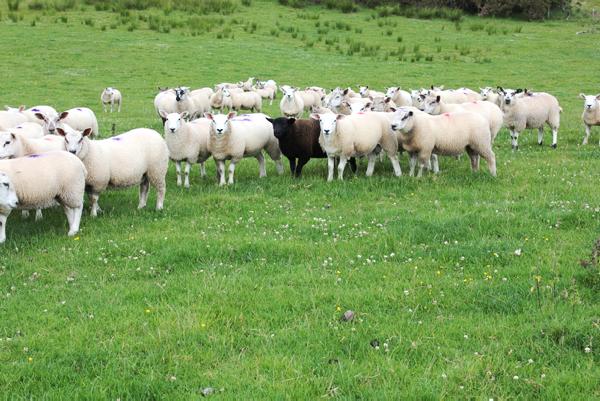For most of the last 15 years, around 50% of all lambs produced in Northern Ireland went to the Republic of Ireland for direct slaughter. Given the extent of the trade, it has been the major driver of prices. In general, local factory buyers tend to match the prices paid by southern buyers in NI marts and not the other way around.
Therefore, any upset to the export market south is a major issue for the sheep industry in NI. The problem is caused by new country-of-origin labelling rules on lamb, pork and poultry, which mean that packaged meat products must now indicate the country where an animal was reared, as well as where it was slaughtered and processed.
The rules have been introduced to prevent products such as Thai chicken being imported into Britain, repackaged and sold with a British label. However, it means labels on NI lamb slaughtered in the south must indicate that the lamb was reared in the UK and slaughtered in Ireland. That is a problem for retail customers who prefer that their product is either British or Irish – not a mix of the two.
Finding an answer to the problem is not simple. What might be a solution for the sheep trade could have implications in other sectors. Some have suggested that if lambs from here could be labelled with an NI, rather than UK identity, that would solve the problem. It would also help processors selling beef into the Republic of Ireland, but what about the majority of local beef that goes to the high priced British market with a UK identity – would our beef be as British as it once was if marked as NI?
Country-of-origin labelling was supported by the main farm lobby organisations. Always be careful what you wish for.






 This is a subscriber-only article
This is a subscriber-only article









SHARING OPTIONS: